The Asiatic lion, scientifically known as Panthera leo persica, once roamed the vast terrains stretching from the Middle East to India. Historical records and fossil evidence suggest that these majestic creatures were prevalent across regions like Turkey, Iran, and even as far west as Greece. However, over centuries, their population has been drastically reduced due to hunting and habitat encroachment, leading to their isolation in a single location in India today.
Current Habitat The Gir Forest
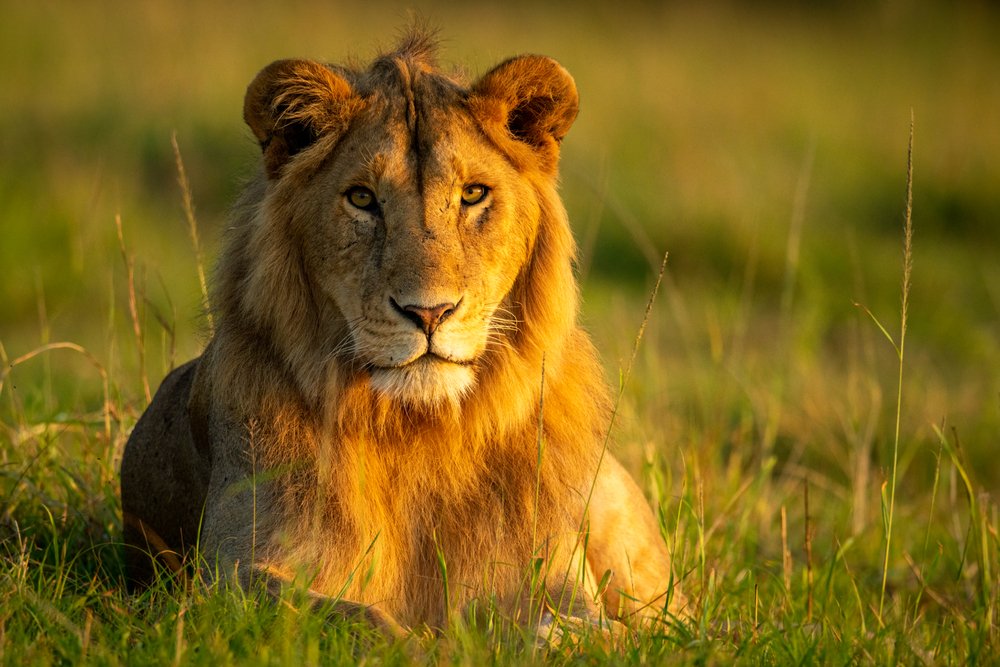
Presently, the only surviving wild population of Asiatic lions resides in the Gir Forest National Park in Gujarat, India. Established in 1965, this sanctuary was launched in direct response to the dire need for conservation as the species faced imminent extinction. The park spans about 1,412 square kilometers, providing a protected habitat for these lions and various other wildlife.
Physical Features that Distinguish Asiatic Lions
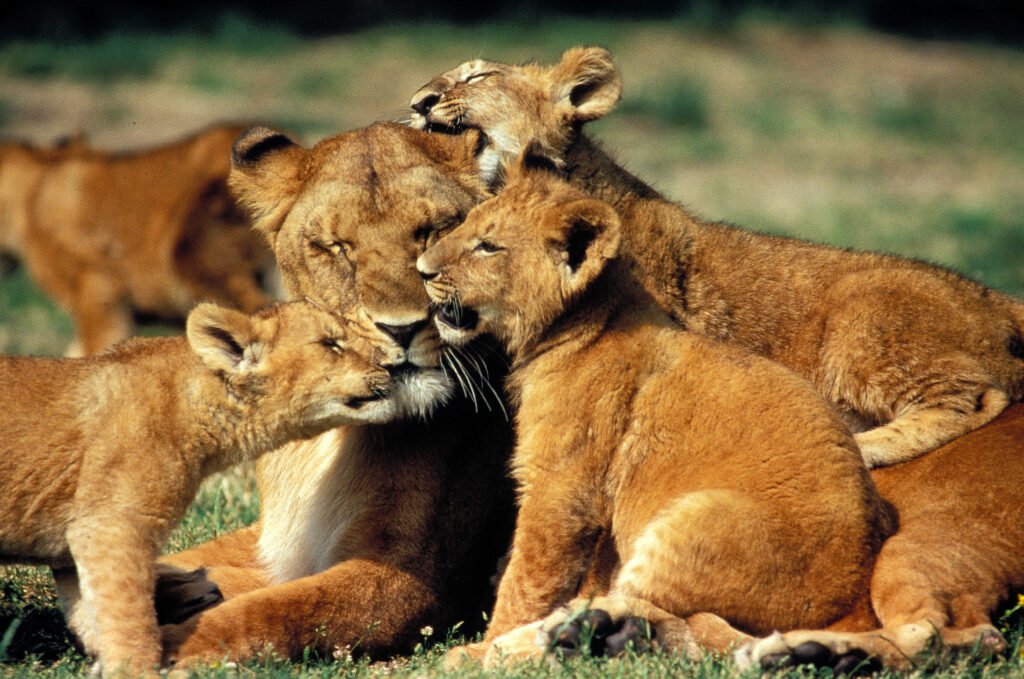
While Asiatic and African lions share many similarities, there are distinct features that set the Asiatic lions apart. Asiatic lions are generally smaller with shorter manes, exposing their ears. They also have a unique longitudinal fold of skin running along their bellies, which is not present in their African counterparts. This physical difference plays a crucial role in identifying and studying the species.
The Asiatic Lion’s Behavioral Traits
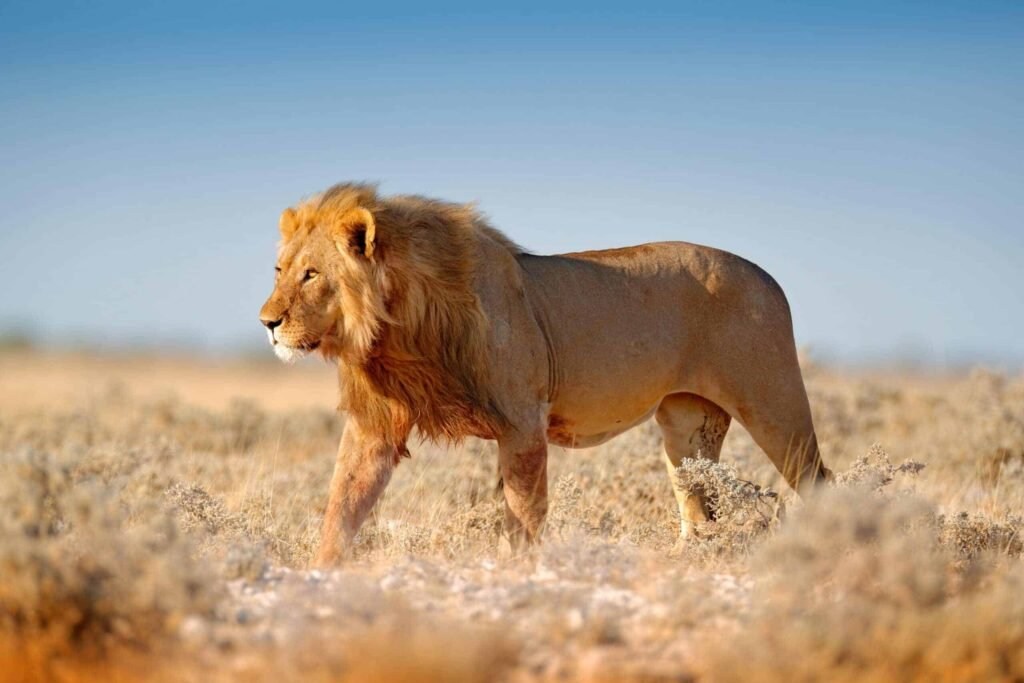
Asiatic lions exhibit social behaviors similar to African lions; however, their prides tend to be smaller. A typical pride consists of up to two adult females along with their cubs, and the male lions often remain solitary or form loose coalitions with siblings. This social structure reflects adaptations to their unique environment and prey availability in the Gir Forest.
Conservation Efforts and Strategies

The conservation story of the Asiatic lion is a blend of success and ongoing challenges. Initiatives by the Indian government, local communities, and international wildlife organizations have helped boost their population from about 20 lions in the 1920s to over 600 today. Key strategies include habitat protection, anti-poaching laws, and community involvement in conservation efforts. The success in Gir Forest serves as a model for big cat conservation globally.
Human-Lion Conflict A Persistent Challenge
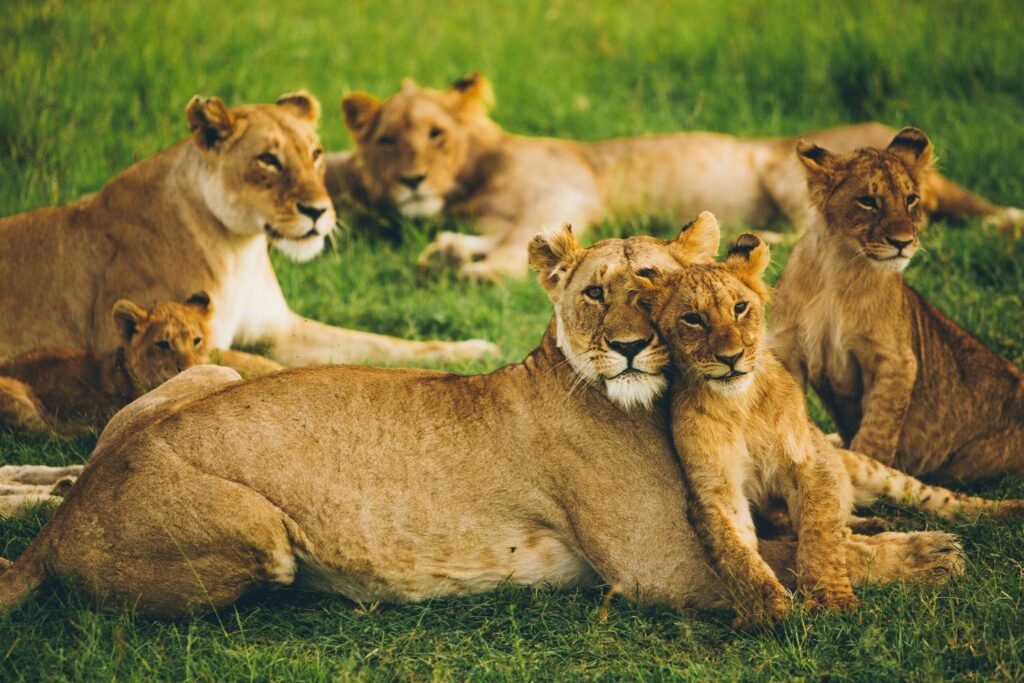
Despite conservation efforts, the expansion of human settlements and agricultural lands around the Gir Forest has led to increased human-lion conflicts. These conflicts often arise from livestock predation by lions and are a significant conservation challenge. Efforts to mitigate this include compensation schemes for farmers and innovative solutions like lion-proof corrals for livestock.
Genetic Bottleneck and Its Implications

The Asiatic lion population, having been reduced to such small numbers historically, suffers from a genetic bottleneck. This lack of genetic diversity can lead to reduced resilience against diseases and environmental changes. Conservationists are investigating ways to manage genetic health through potential breeding programs while maintaining their wild population status.
The Role of Technology in Conservation
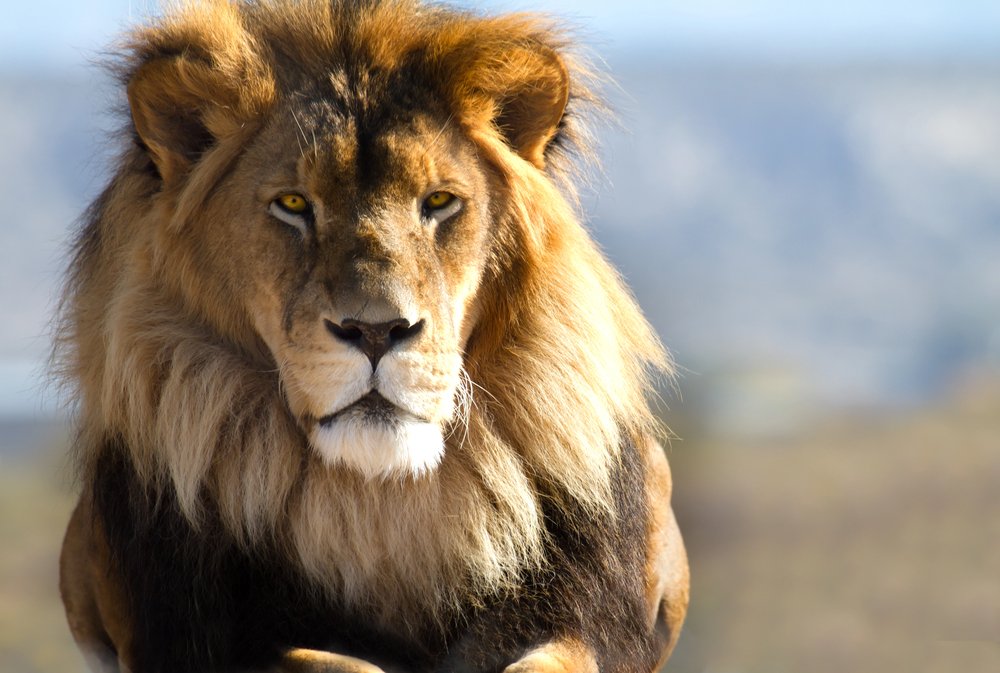
Technology has become a pivotal tool in the conservation of Asiatic lions. From GPS tracking collars for monitoring lion movements to camera traps for population surveys, technology aids in collecting crucial data that inform conservation strategies. These innovations have made it easier to understand lion behavior and interactions with their environment and human populations.
The Cultural Significance of Asiatic Lions
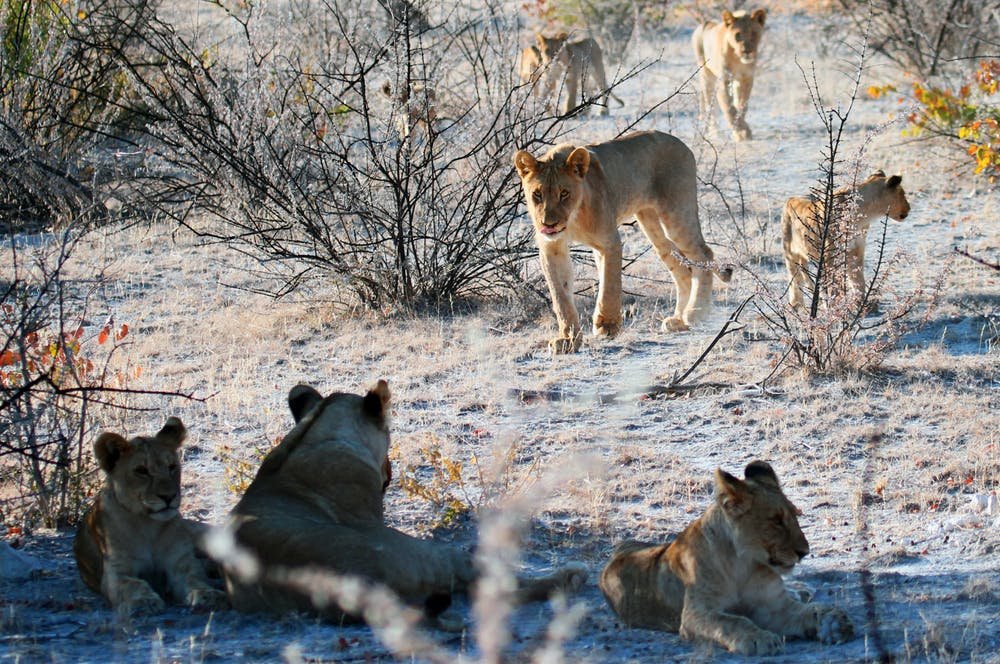
Throughout history, Asiatic lions have held cultural significance across various civilizations. They appear in ancient artifacts and are symbols of strength and royalty in Indian culture. Even today, they feature prominently in local folklore and are a source of pride for the people of Gujarat. This cultural connection aids in garnering support for conservation efforts at the grassroots level.
The Future of the Asiatic Lion
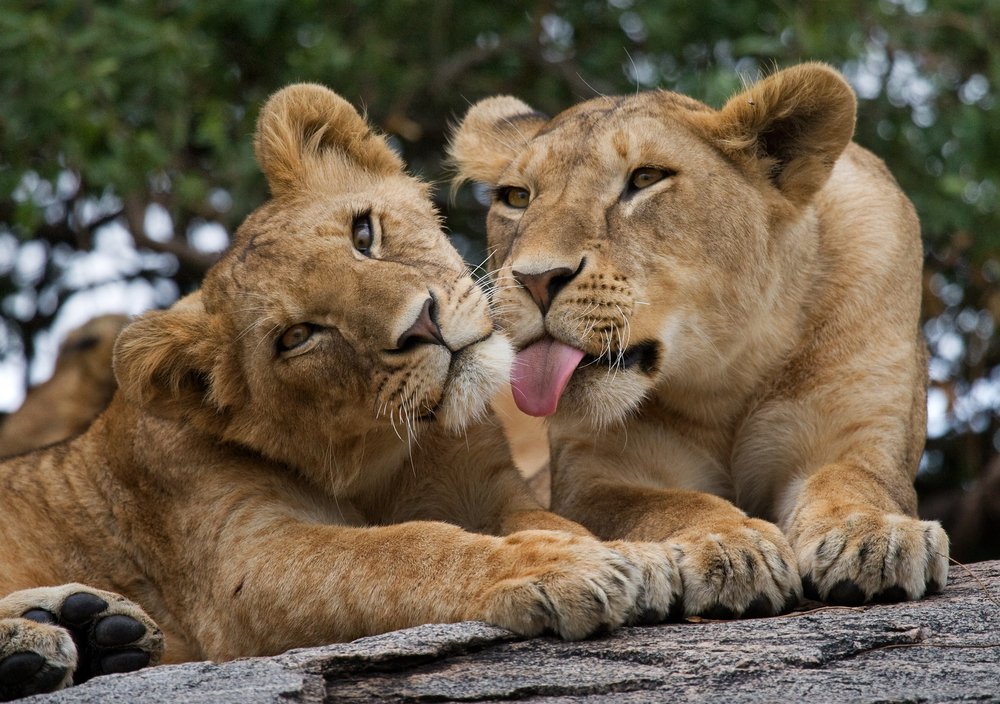
Looking forward, the conservation of Asiatic lions faces both opportunities and challenges. Continued efforts are needed to expand their habitat within and beyond the Gir Forest to ensure long-term viability. Furthermore, engaging local communities, managing human-lion conflicts, and maintaining genetic diversity is vital for securing the future of this iconic species. Overall, the story of the Asiatic lion is one of resilience and hope, showcasing the profound impact of dedicated conservation efforts.






